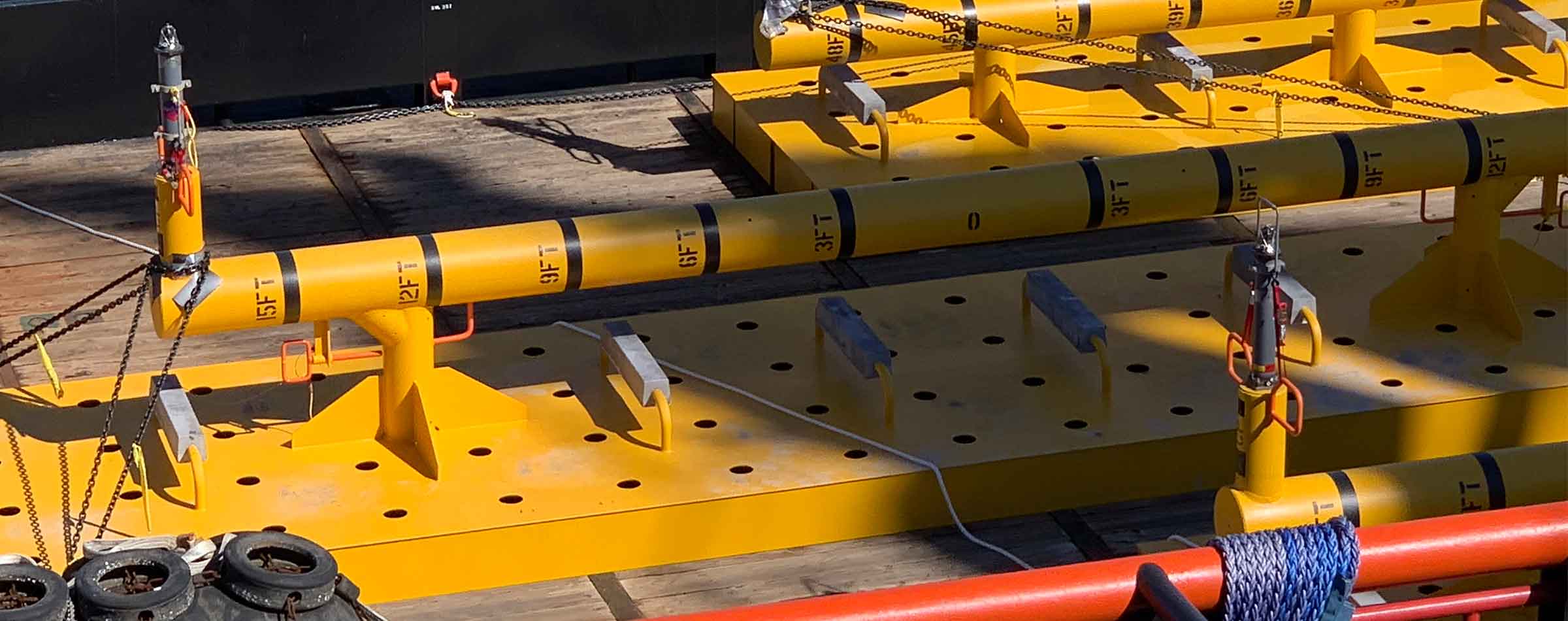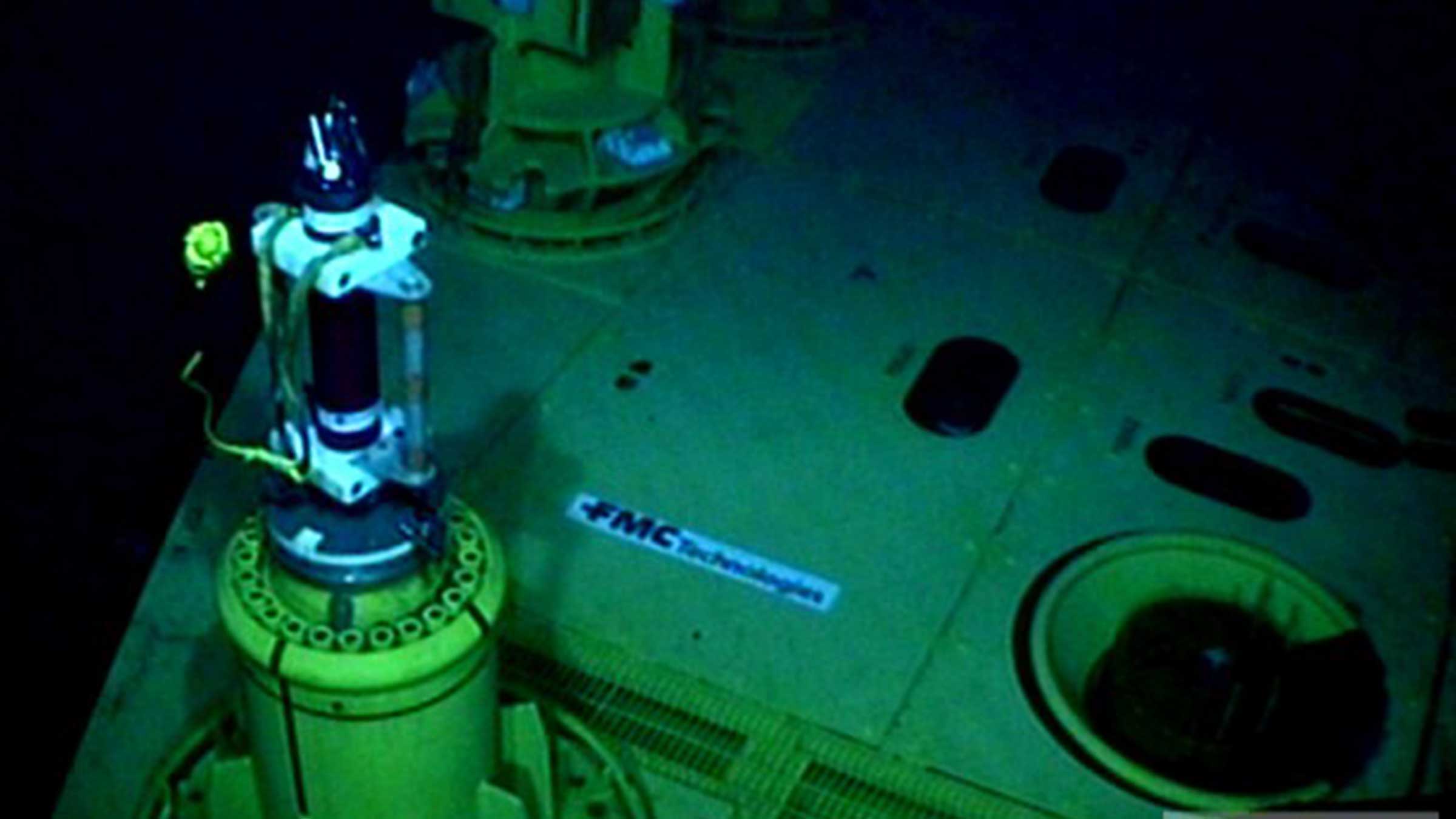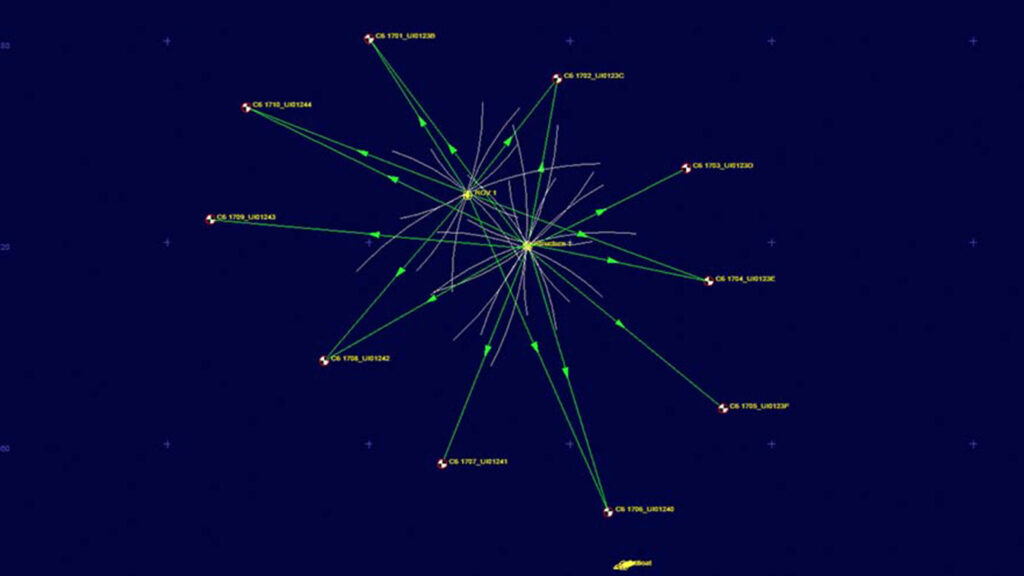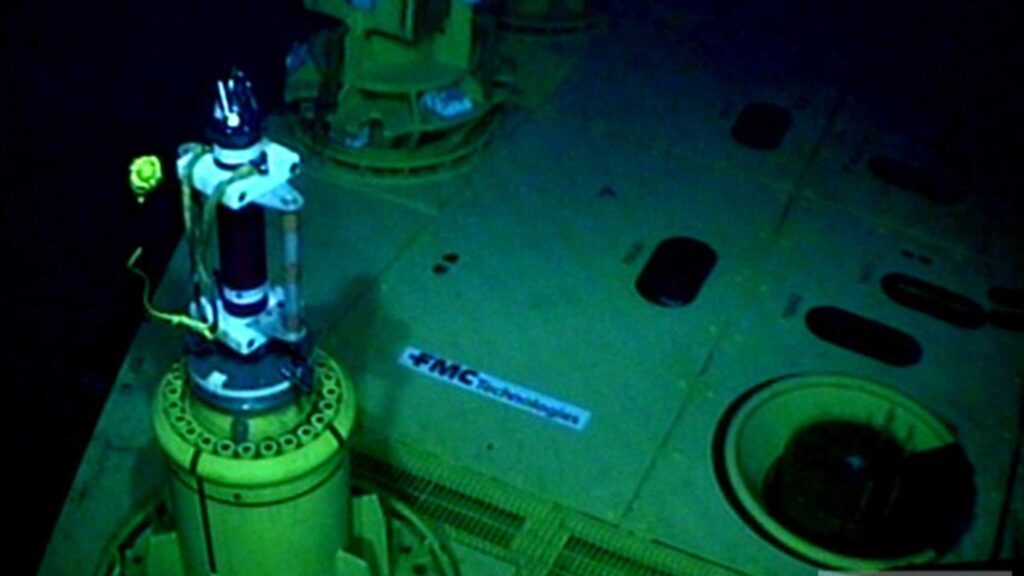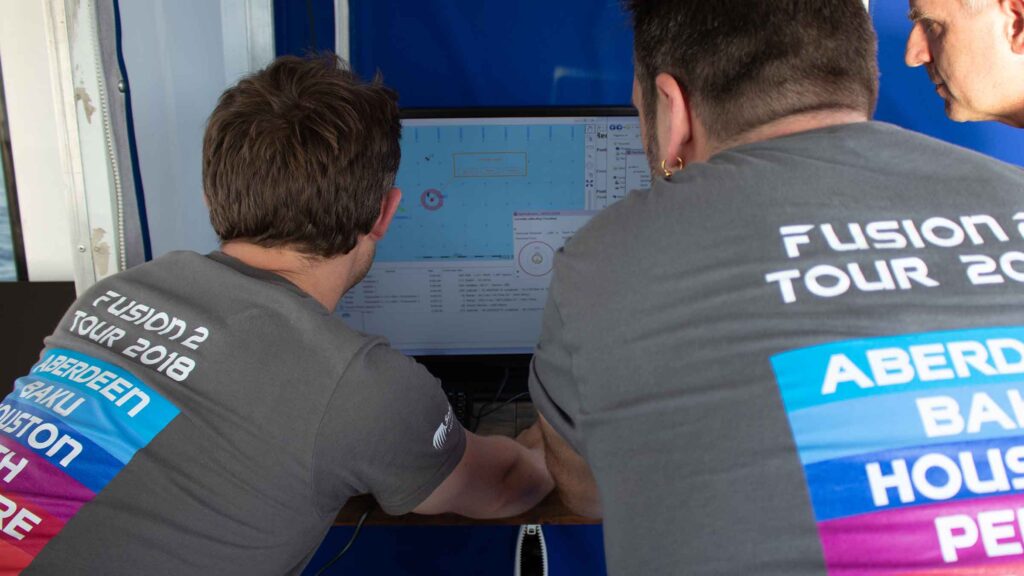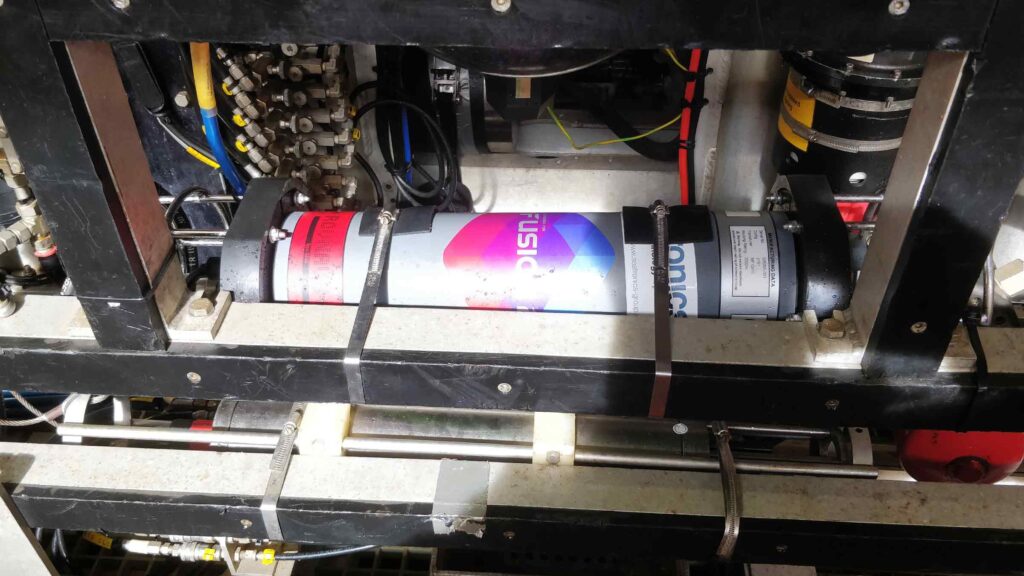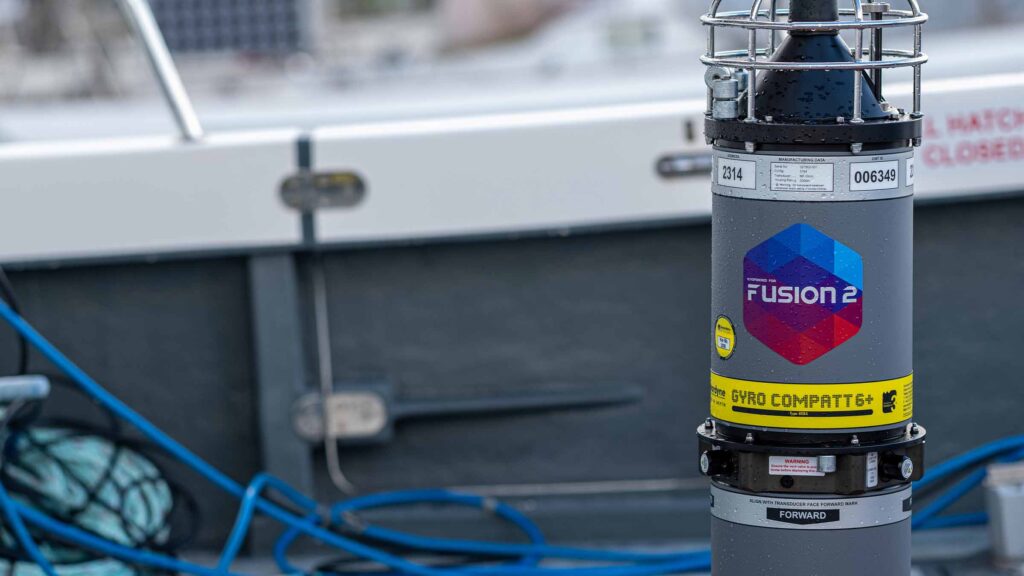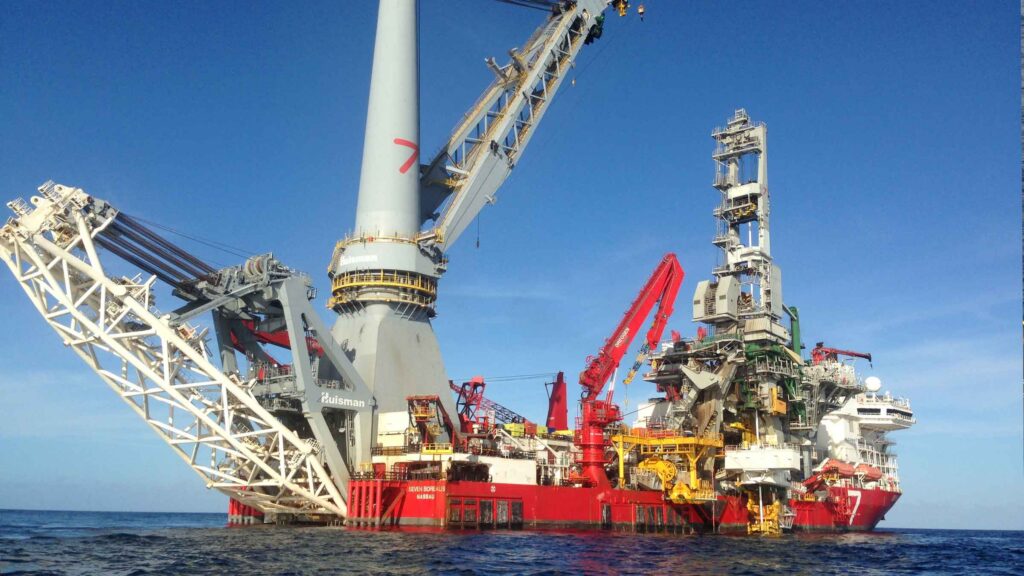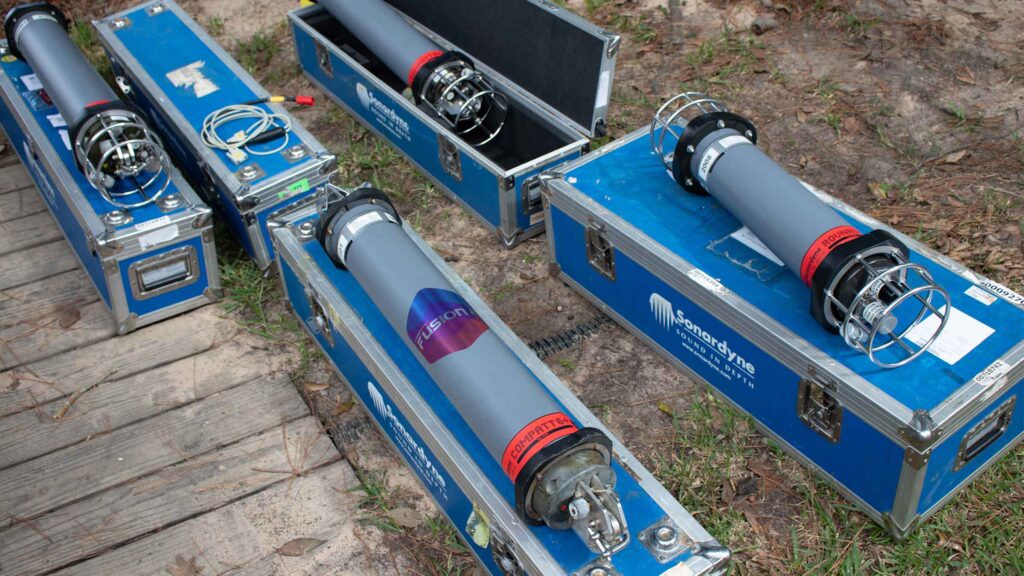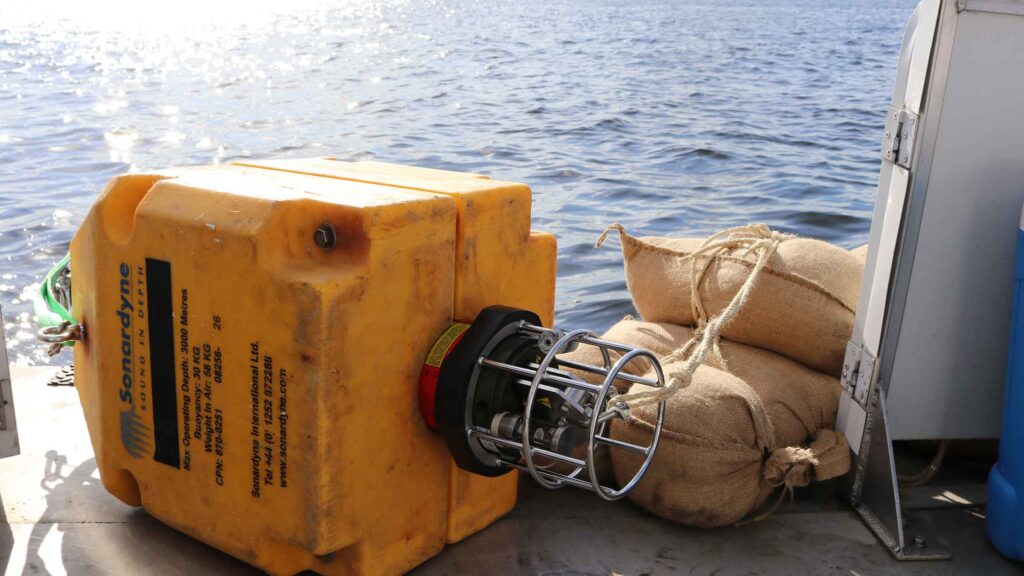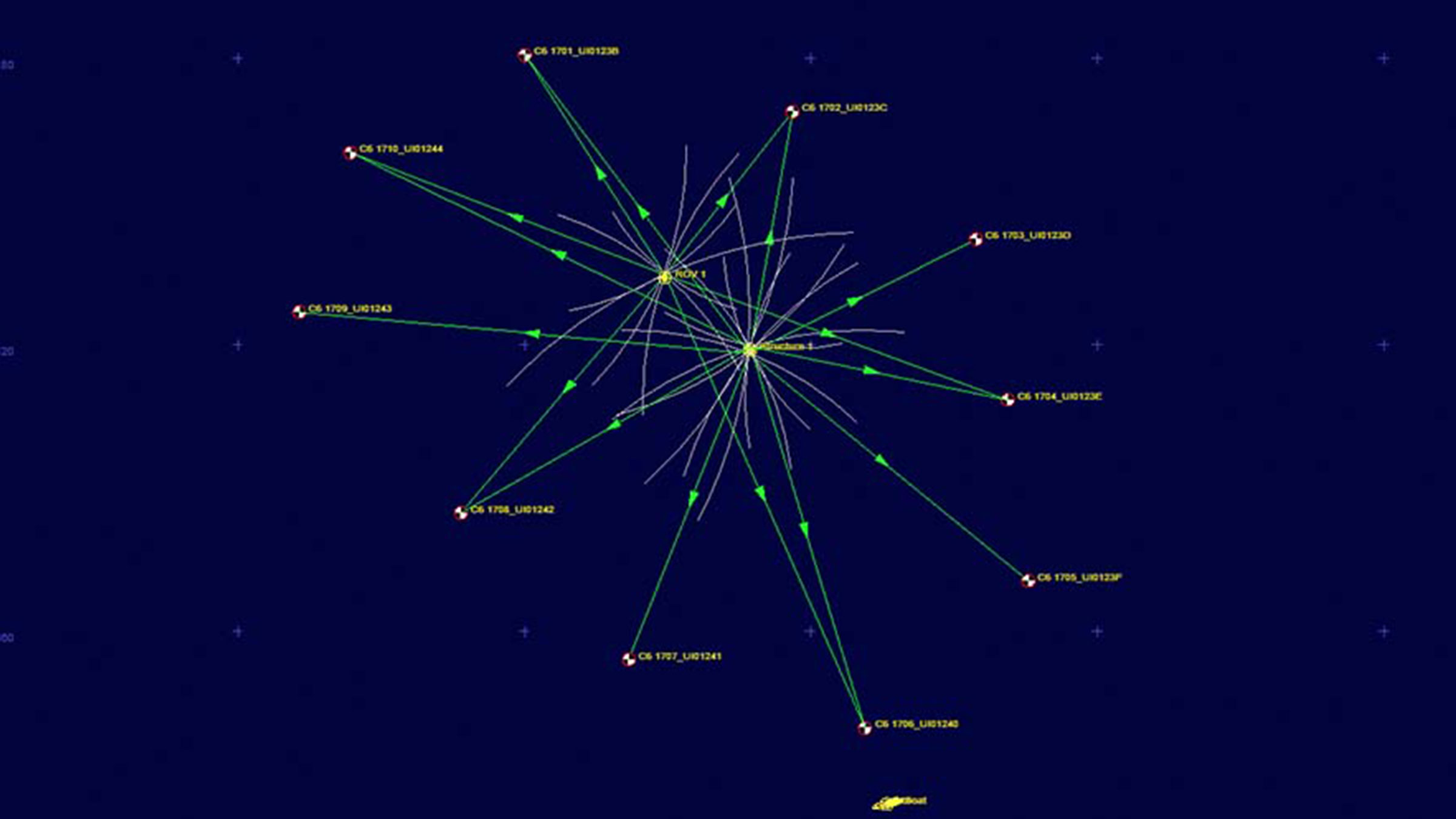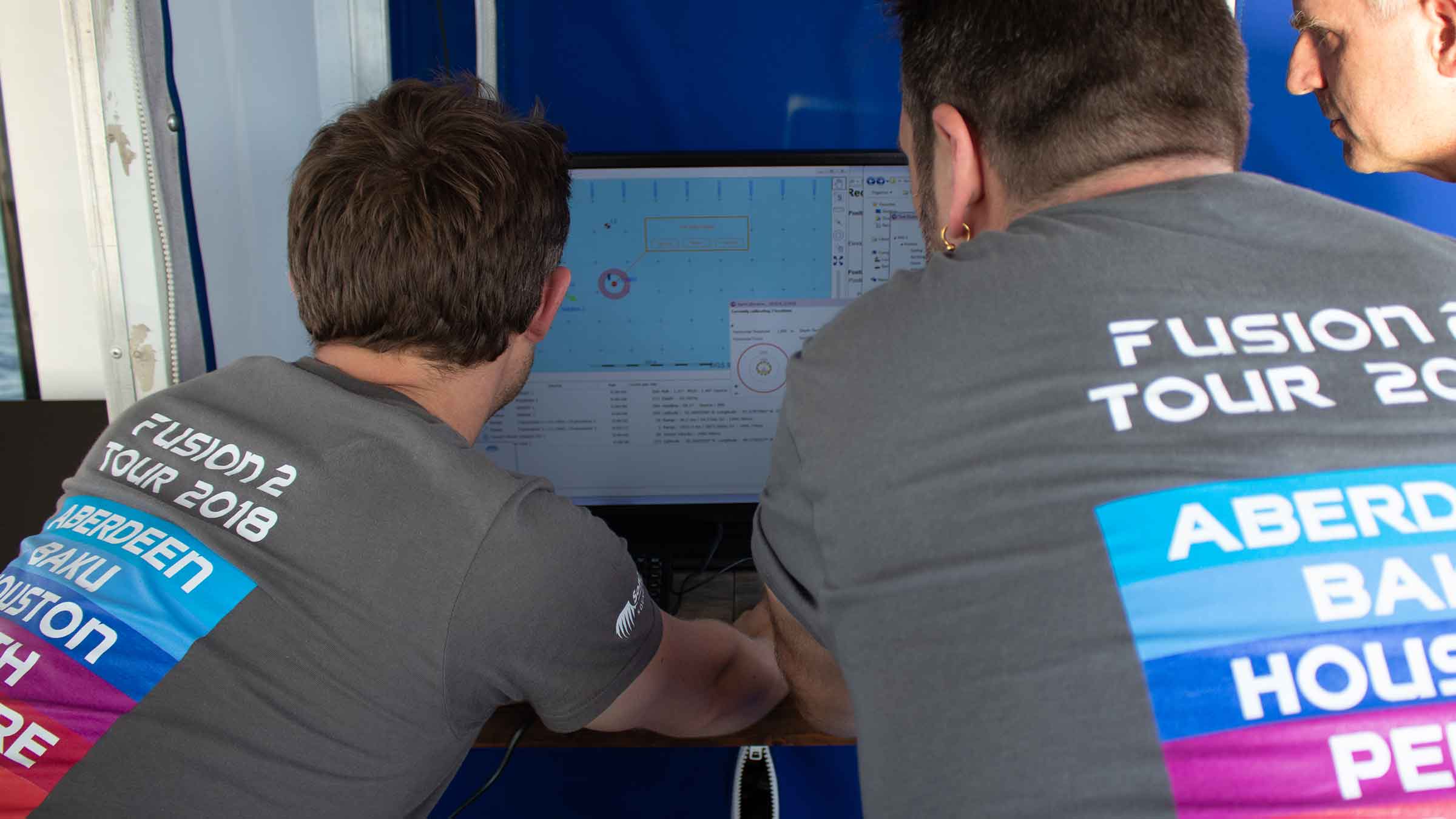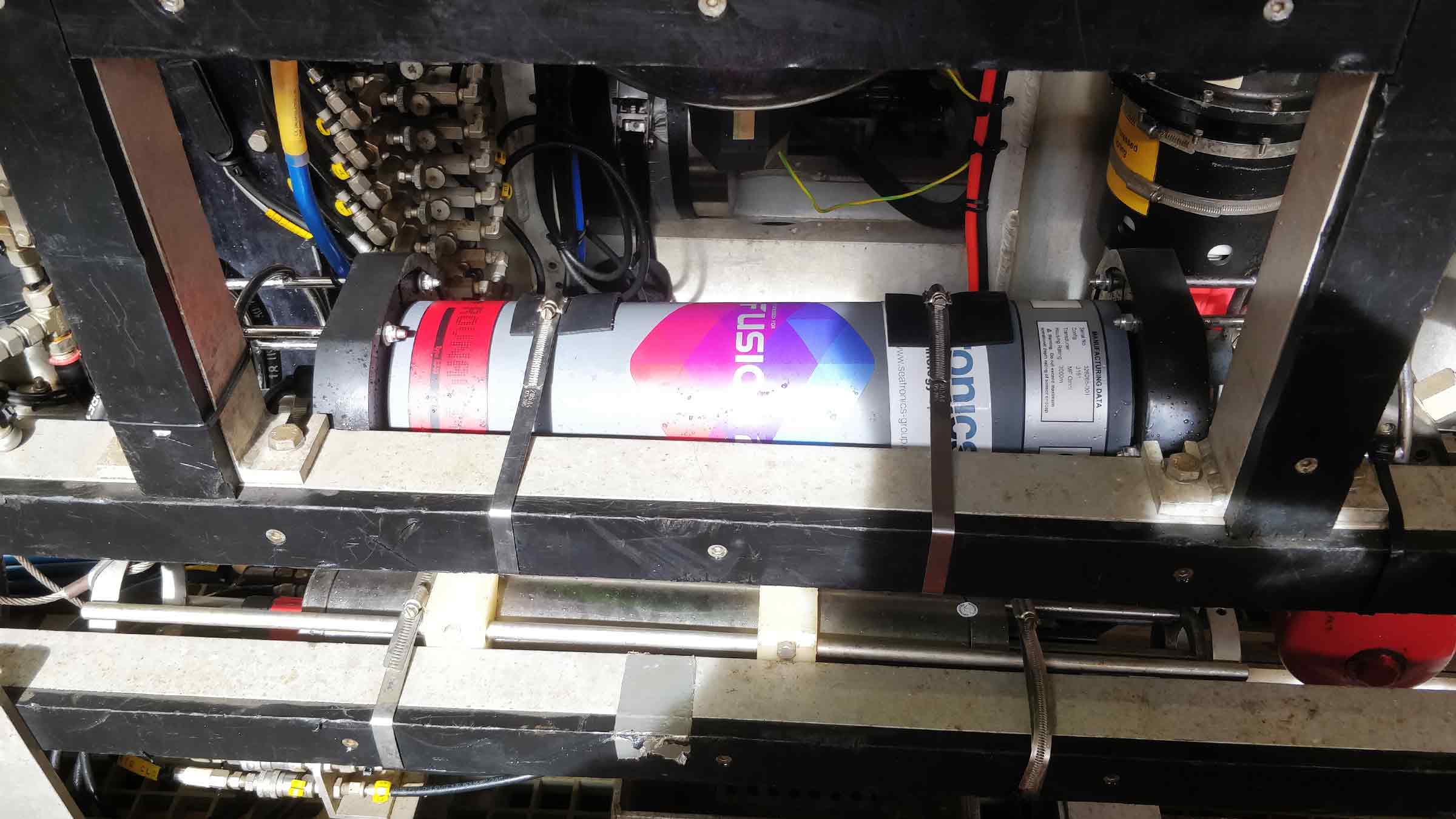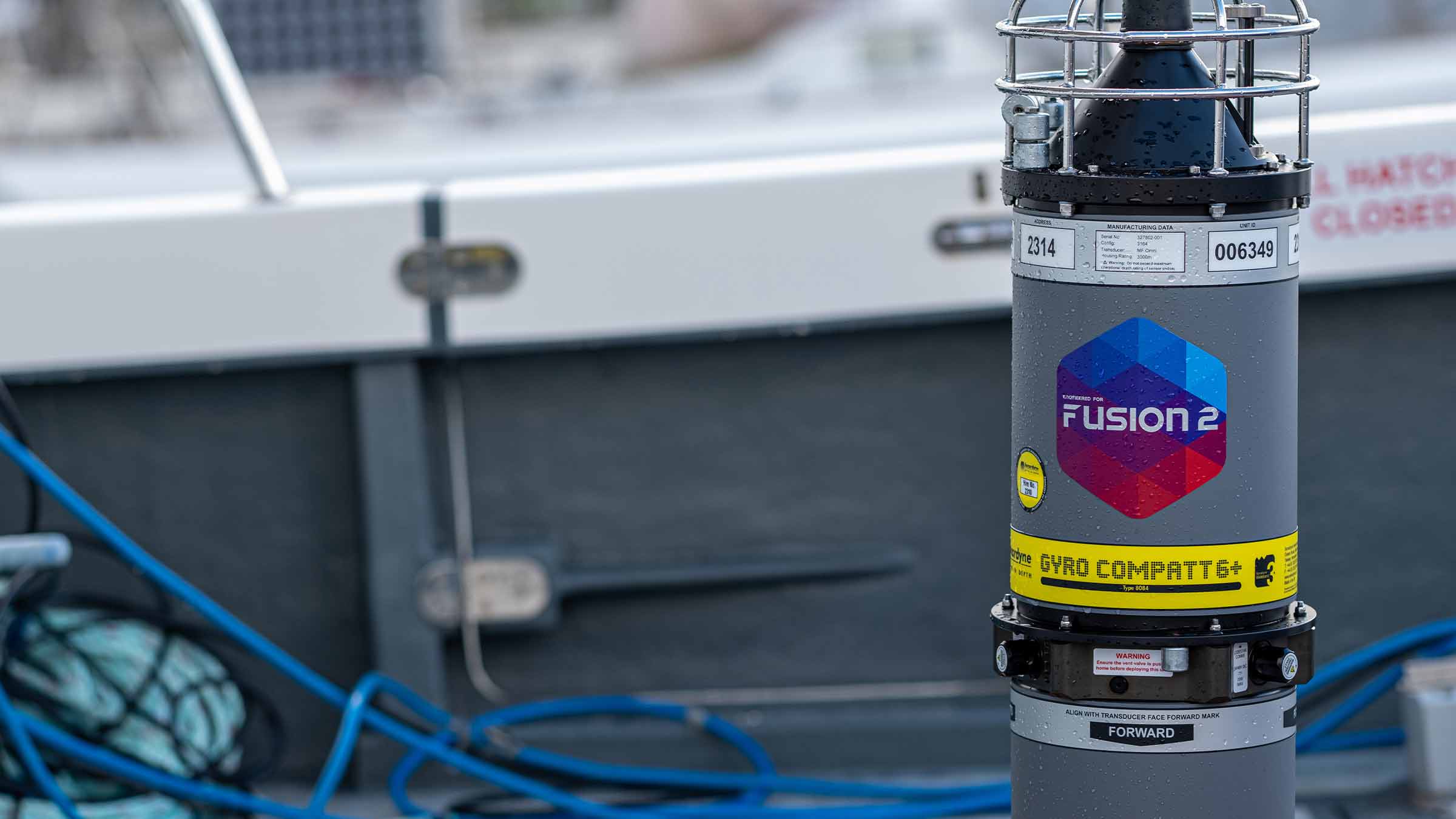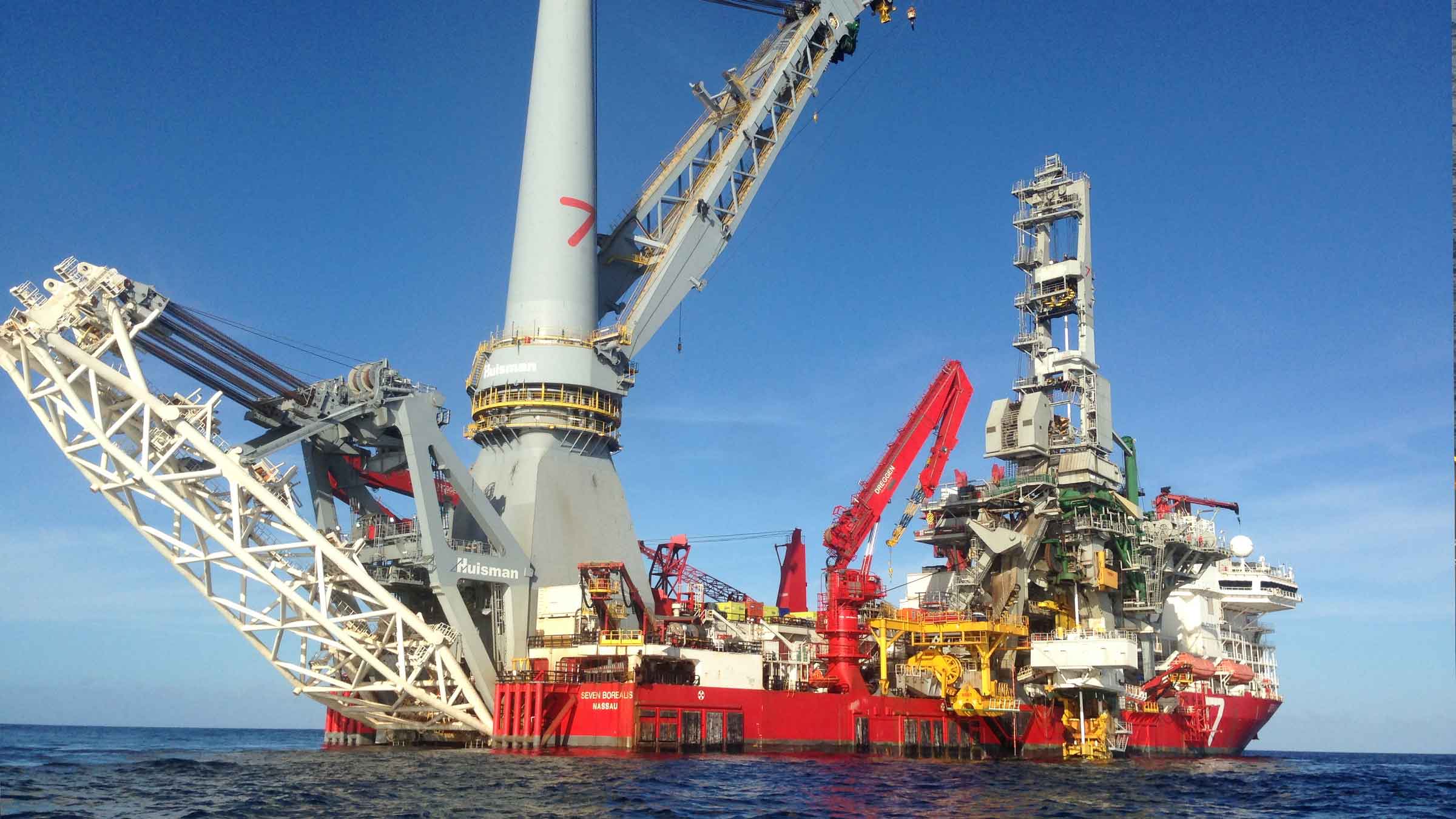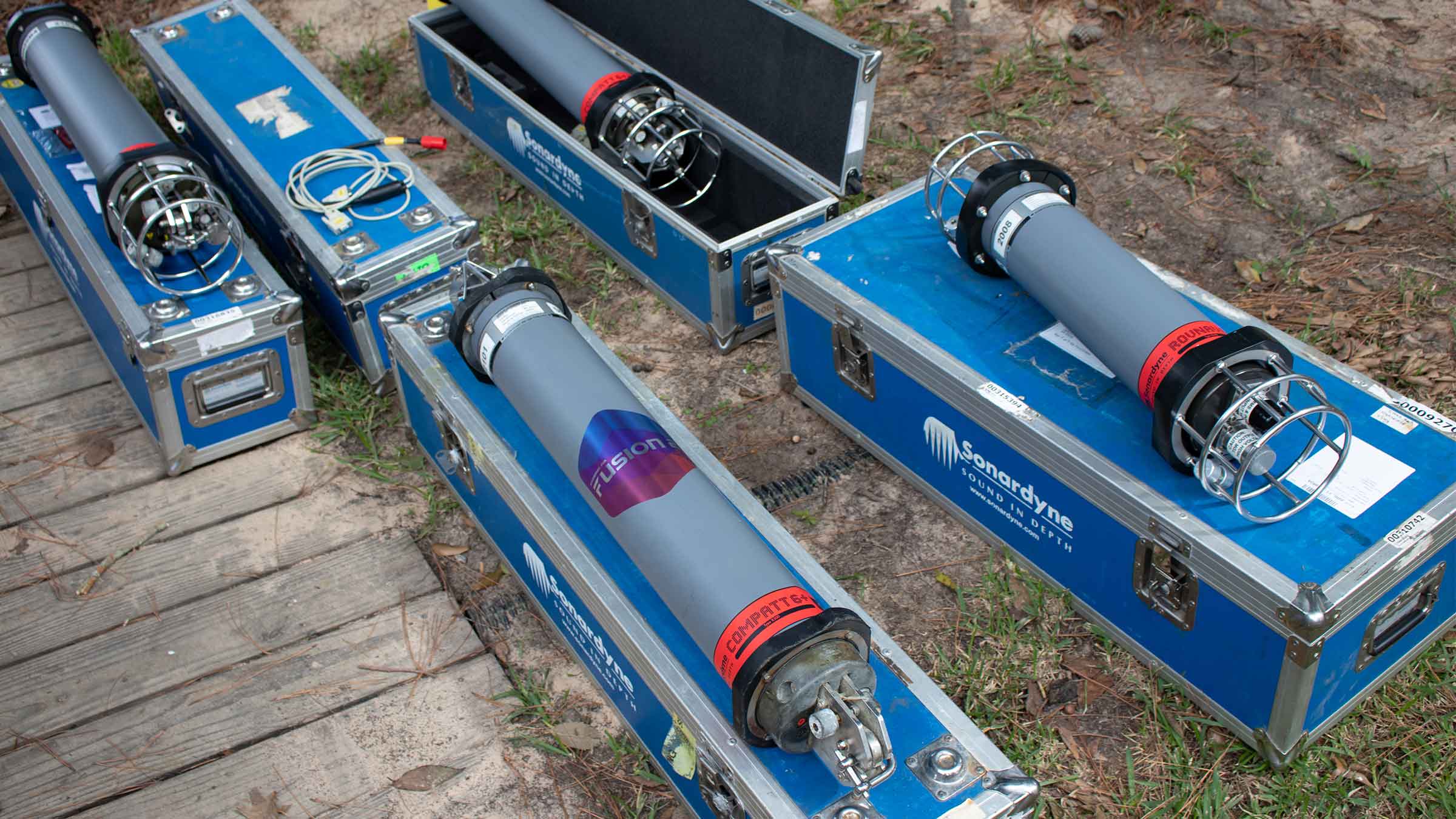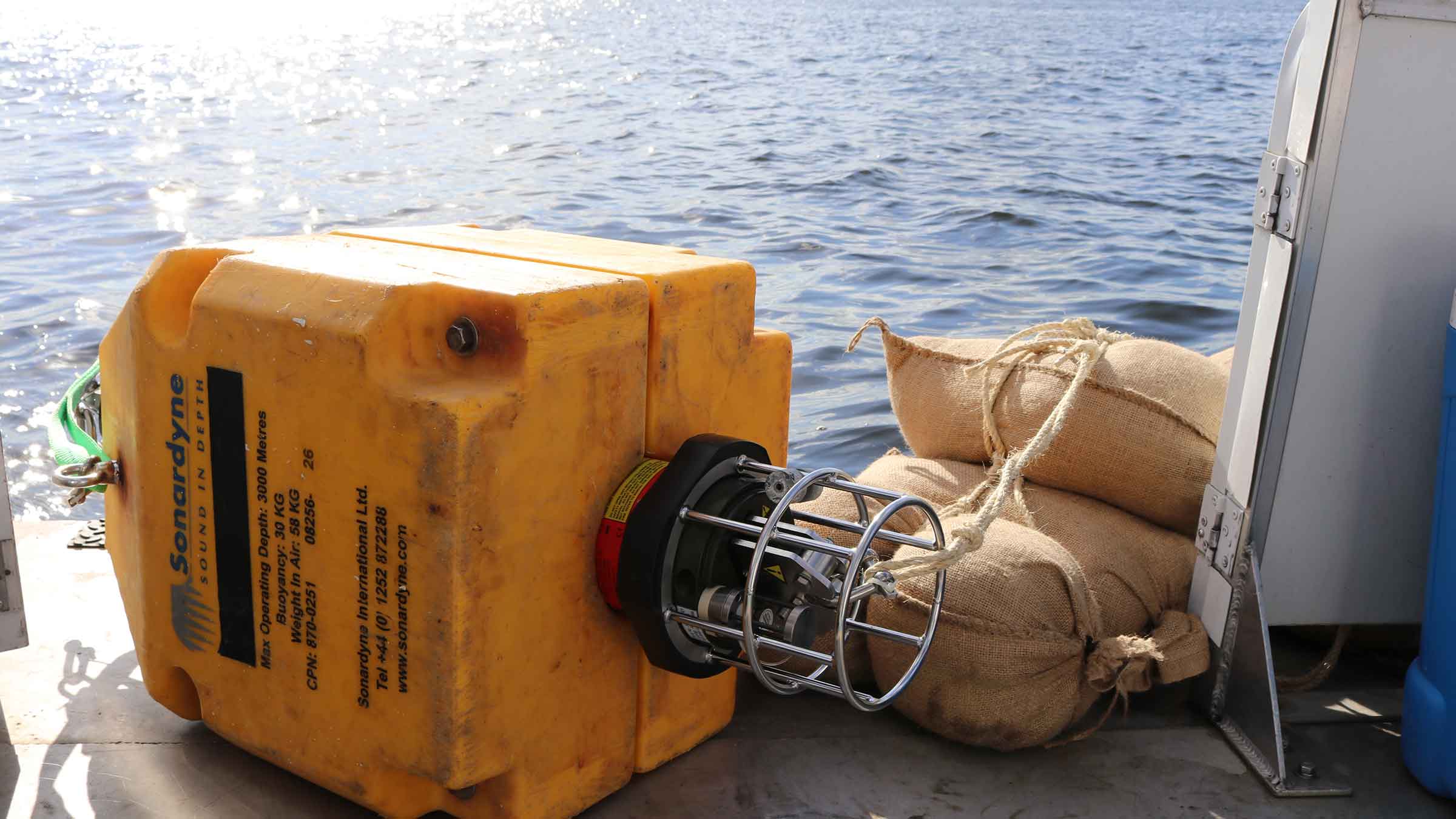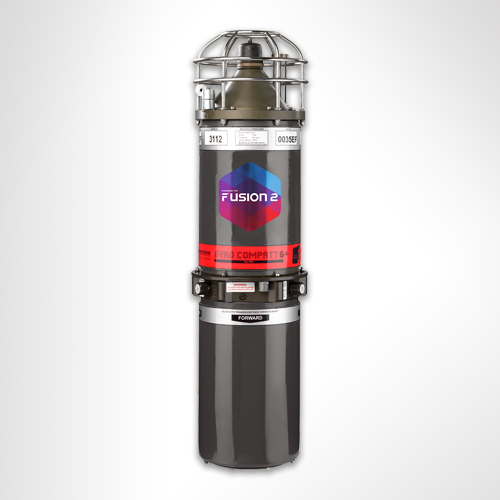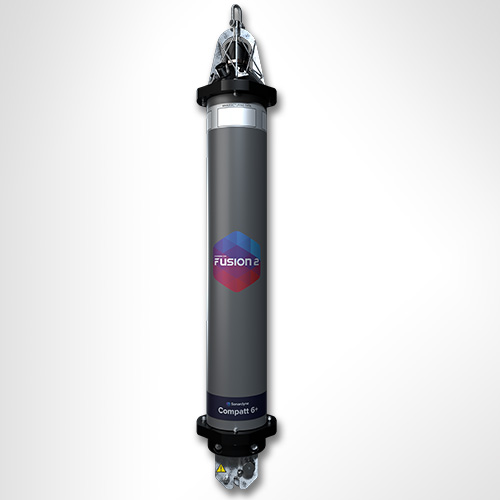Fusion 2
Unite your navigation and positioning for seamless efficiency
Fuse your workflow and control all your Long BaseLine (LBL), Sparse LBL, and SPRINT Inertial Navigation System (INS) projects from one intuitive interface. No more juggling multiple programmes – Fusion 2 simplifies your operations.
From subsea structure installation, metrology, pipeline and spool piece monitoring to pipeline positioning and more, Fusion 2 streamlines your subsea navigation and positioning. It connects LBL, Sparse LBL, and SPRINT INS for smooth workflows, real-time calibration and efficient deployments. This future-proof technology unlocks the potential of 6G+ and Wideband 3 instruments.
Real-Time Calibration: For faster, more efficient Sparse LBL operations, Fusion 2 allows real-time calibration of seabed transponders using Simultaneous Localisation and Mapping (SLAM). Eliminating delays and ensuring you collect accurate data from the start.
Enhanced efficiency through optimising hardware mobilisation. By consolidating control under one program, you require less equipment offshore, reducing costs and simplifying logistics, as well as saving you valuable setup time.
Built for our latest 6G+ instruments, Fusion 2 unlocks the full potential of Wideband 3 signal technology, ensuring your operations are at the forefront of subsea navigation.
Fusion 2 – fuse your systems for optimal performance
Why Fusion 2 is perfect for your operations
Do more with less – no need to operate two independent software and hardware systems to control your 6G LBL and SPRINT INS – Fusion 2 does it all in a single interface.
Fusion 2 LBL allows you to run calibrations in real time. Meaning you spend less time calibrating and more time collecting the right data, first time.
Lower your start-up costs: for practical, reliable LBL INS, Fusion 2 supports use of our SPRINT 300 with fewer transponders.
Backed by over 40 years of LBL system experience, Fusion 2 is the obvious choice for your offshore installation projects. Its 6G+ technology allows centimetric subsea positioning in all water depths. Highly robust and accurate instruments, professionally supported by our in-house engineers and surveyors, have made it the system of choice for subsea structure installations for decades.
Used with products such as GyroCompatt 6+, it provides you with centimetric positioning along with class leading Lodestar gyroscopes for heading, pitch and roll measurements all in a single, easy to deploy instrument.
If your underwater operations require precise measurements, an acoustic metrology system using several Compatt 6+ transponders can be placed in a network on the seabed / structures / hubs. The depths of the Compatts can then be accurately measured and 6G+ Wideband acoustic ranges collected between them.
Fusion 2 enables your seabed transponders to be SLAM calibrated in real-time for easier and faster Sparse LBL operations. And by embedding sensor data with high-update navigation ranging data, there’s no more interruptions to positioning updates at critical moments.
You’ll begin to see the benefits even before your project teams head offshore. Acoustic and INS projects can be configured and checked onshore prior to vessel mobilisation – saving you time, streamlining procedures and helping you to further de-risk operations.
If you need to tailor your operations, Fusion 2 enables multiple computations, comparing different set-ups, allowing you to pick the one you want. Sparse LBL might suit one operation more than LBL and vice versa. Now it’s easy to check, on-site, which works best for you.
For optimal performance, Fusion 2 can be used with a number of our products – including Gyro Compatt 6+, Compatt 6+, SPRINT-Nav, ROVNav 6+ / mini ROVNav.
To further increase operational efficiency, digital signal processing protocol, Fusion 2 is best paired with Wideband 3, which you’ll find inside our trusted 6G platforms, Compatt 6+ and ROVNav 6+.
Wideband 3 gives you sensor data alongside navigation ranging data, providing your operators with real-time positions and sensor data at the same time. This allows the acceleration of update rates by a factor of ten, eliminating latency issues.
Fusion 2 in action
Rewriting the subsea survey rules
Read moreDeepwater structure installation made easy
Read moreRemote advances; operational advantages
Read moreSupport
• Work side-by-side with our Projects Group from concept to deployment
• Systems are manufactured and tested at our world-class in-house facilities before delivery
• Talk to our experienced team about our USV data harvesting service
• 24-hour support, wherever you are in the world
Design
• Optimised for 6G+ and Wideband 3
• Combined acoustic LBL and INS navigation
• Intelligent troubleshooting built-in
• Reduced hardware requirements
• Subsea hardware options
• High precision Compatt 6+
• High power, long-range ROVNav 6+ transceiver
• Combined LBL transponder and Lodestar AHRS Gyro Compatt 6+
Specifications
| Feature | Specification |
|---|---|
| Design | The most powerful INS and LBL system on the market |
| Seamlessly combines INS and LBL positioning techniques | |
| Incorporates 50 years of subsea navigation innovation and know-how | |
| Positioning for all phases of construction survey | |
| Full range of real-time array calibration options: SLAM, Baseline and Box-In | |
| Comprehensive EPSG geodesy database | |
| Calibration and positioning calculations in scale-free reference frame | |
| Performance | Better than 4 times precision improvement over USBL with SPRINT INS |
| Up to 3 cm Range-aided positioning accuracy with SPRINT INS | |
| Up to 3 cm LBL positioning accuracy | |
| Simultaneous LBL tracking of ROVs and structures with heading computation at up to 1 Hz | |
| Acoustics | Sonardyne Wideband 3 digital acoustics for reliable performance in all environments |
| Support for Multiuser Compatt 6+ | |
| Embedded Wideband 3 sensor data retrieval from Compatt 6+ for seamless tracking and faster calibration |
